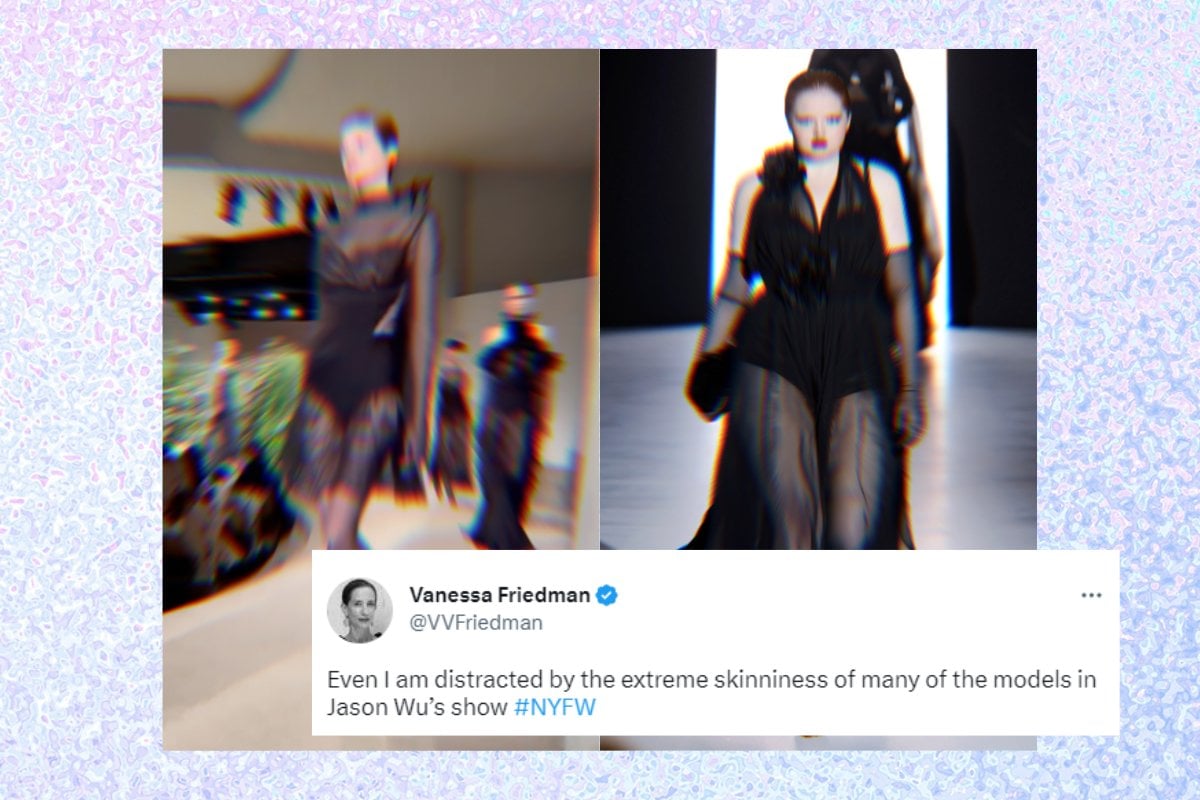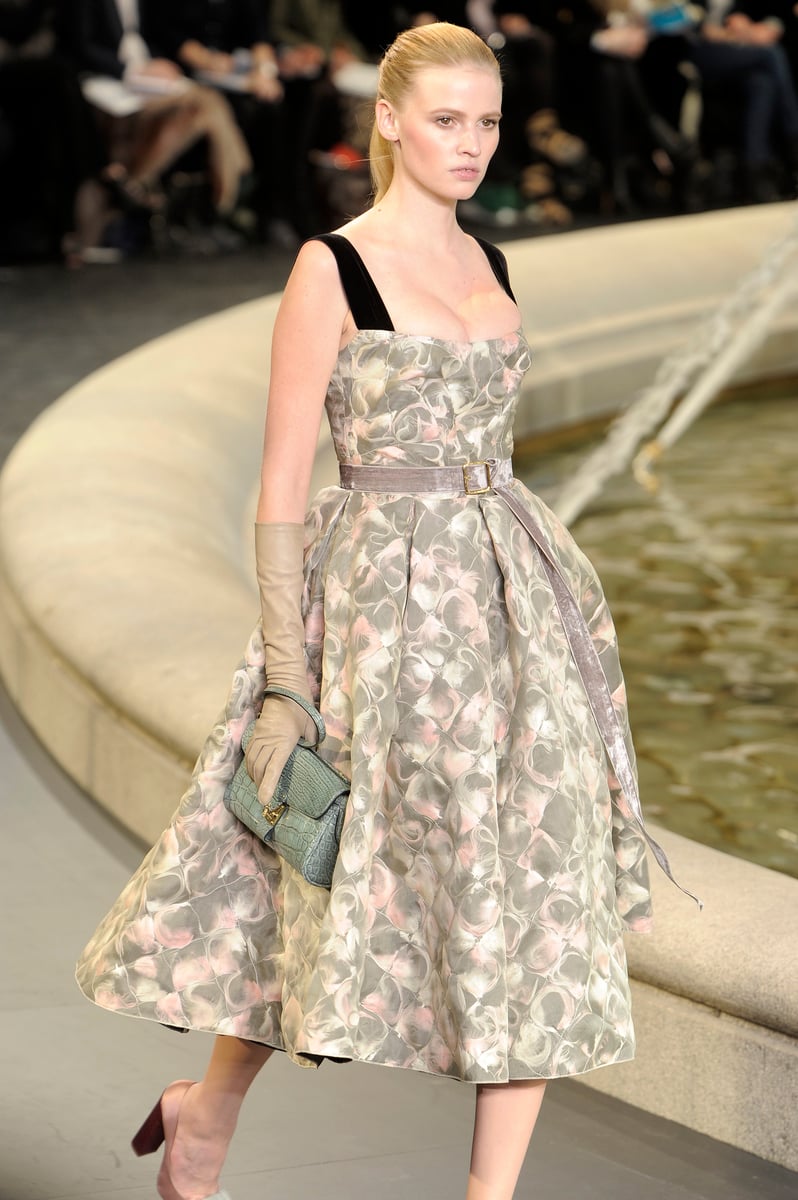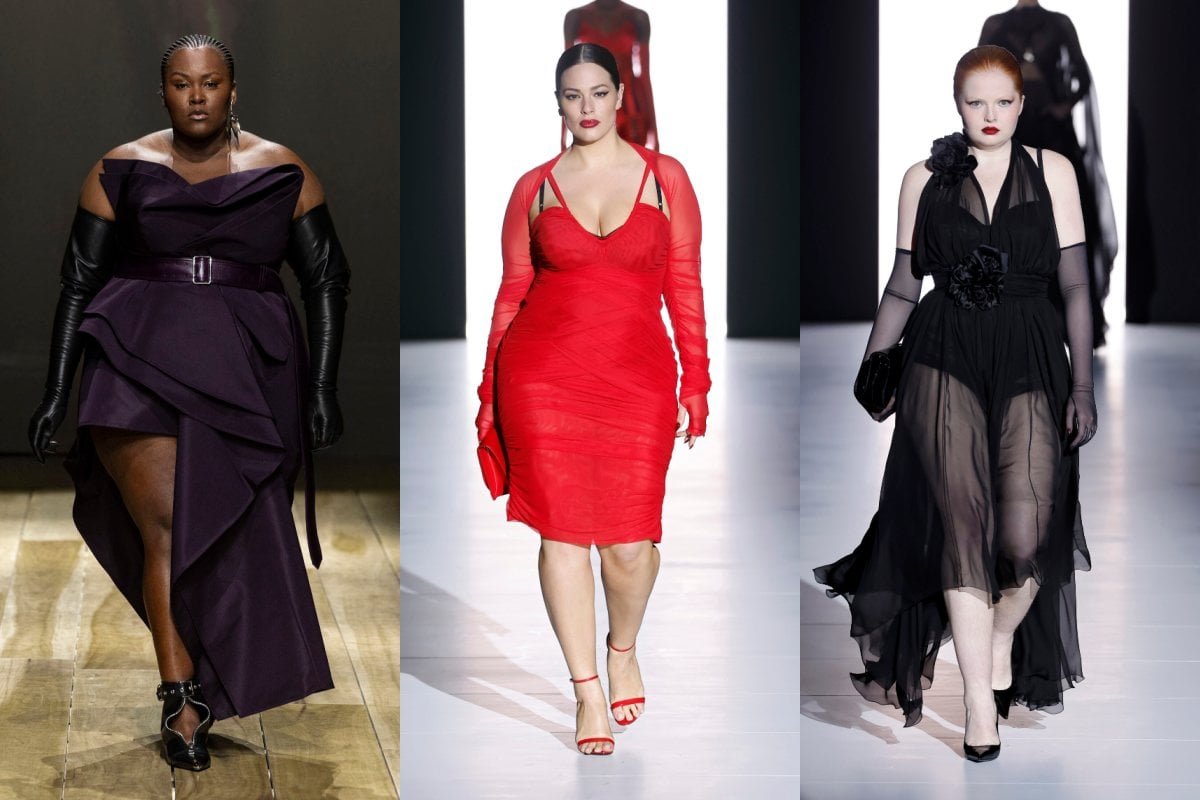
Looking at the recent runways at New York Fashion Week, you'd be forgiven for thinking it was 2009.
As very thin model after very thin model walked the Jason Wu show, Vanessa Friedman, the fashion director and critic for the New York Times, tweeted a video of what she saw from the front row.
"Even I am distracted by the extreme skinniness of many models in Jason Wu's show," she captioned the footage.
Even I am distracted by the extreme skinniness of many of the models in Jason Wu’s show #NYFW pic.twitter.com/6HbSpxjfAa
— Vanessa Friedman (@VVFriedman) February 12, 2023


